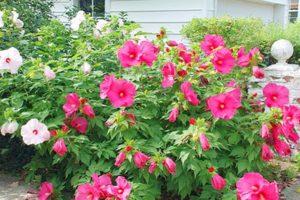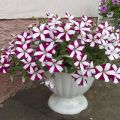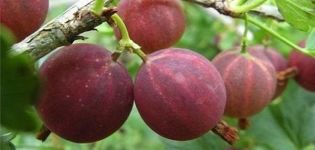10 varieties of petunia opera with description and characteristics, planting and care
Opera petunia is a very beautiful ornamental plant. It is very popular with many flower growers. This culture is easy to care for and beautiful in appearance. An abundance of colors is considered an undoubted advantage. This allows you to choose the best options depending on the tasks. To get a strong plant, it is recommended to provide it with full and high-quality care.
Description and features
The Petunia Opera is considered the work of breeders from Japan. It is characterized by ease of care. This plant is very fond of sunlight. At the flowering stage, crop loops can be up to 60 centimeters, which looks very aesthetically pleasing. With proper care, it is possible to get dense inflorescences.
This ampelous culture is often planted in hanging containers. When blooming, the bush takes on a spherical shape. This effect is achieved due to young branches, which, under the weight of flowers, go down.
Ampel petunia has small inflorescences. Their size is 5-7 centimeters. The plant strikes with a variety of color options - from white to rich purple hues.
Popular varieties
Today, there are many interesting varieties that differ in color. This allows flower growers to make more and more new compositions.
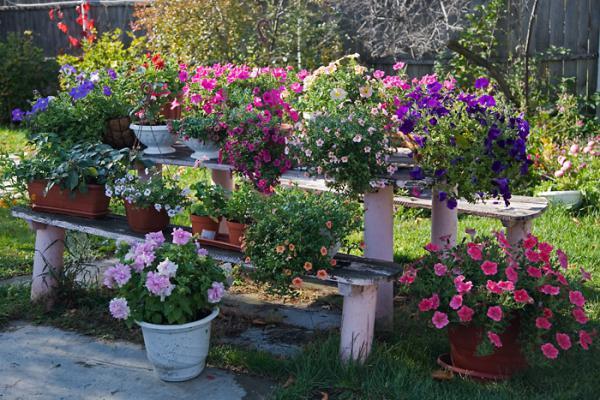
Supreme Pink Morn
This ampelous petunia is characterized by inflorescences of a rich pink hue.
Raspberry Ice
In translation, the name of this variety means "crimson ice". The culture has light pink buds with a raspberry center.
Supreme White
This cascading petunia has white flowers. Moreover, they are characterized by a yellow center.
Blue
This petunia species is considered one of the most attractive. Its flowers are distinguished by a rich blue tint.
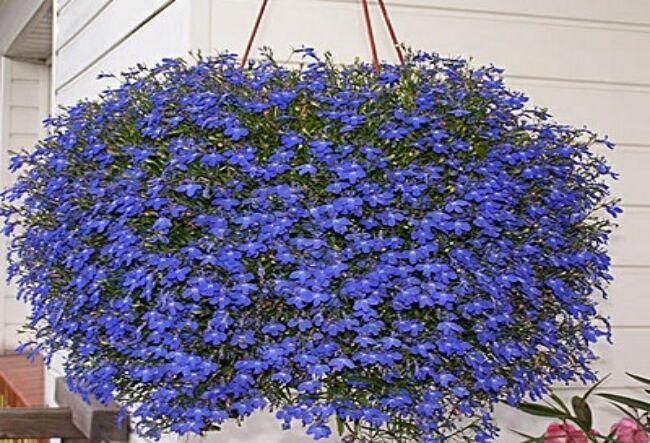
Red
This petunia has rich red flowers. The plant looks very impressive.
Blue
This plant has a very original color. It is decorated with blue-purple flowers.
Coral
This is a delicate shade that is actively used to create flower arrangements. The petunia of this variety has coral flowers.
Lavender
This plant looks very delicate and is very popular with flower growers. It has a delicate lavender hue.
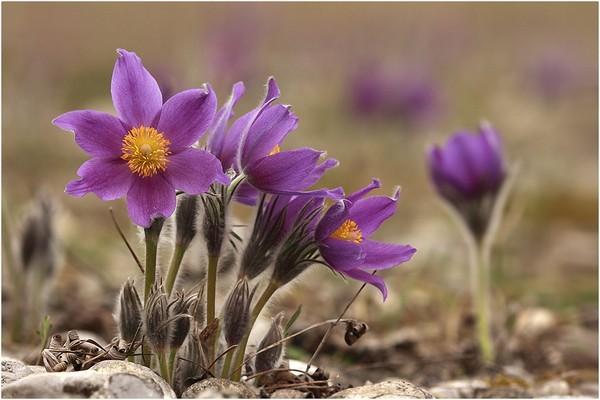
Purple
The culture has a fairly rich color. It is characterized by purple flowers.
Suprem Red
This is a bright enough plant that has bright red flowers.
How to plant
To get a beautiful plant, it is recommended to plant it correctly. For this, it is worth considering a lot of features.
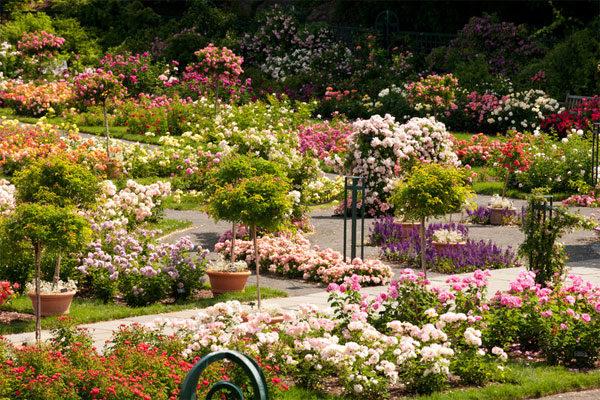
Seat selection
Petunia of this variety does not differ in its exactingness to the length of daylight hours. The culture grows well and develops in illuminated areas. However, it is quite capable of withstanding slight shading. It is best to grow it on windowsills that face the east side.
Ground requirements
The plant needs nutritious and loose soil. It is best to do the soil yourself. To do this, you need to take 2 parts of leafy land, peat, humus. Then add 1 part of the sand. The finished composition should be sieved. 1 day before planting the plant, it must be watered.

Landing scheme
In order for petunia to grow well, it is worth adhering to the following recommendations for planting a plant:
- Before planting, the material should be mixed with sand.
- It is not recommended to press the seeds into the soil. They should be sown on the surface of the soil.
- After planting, it is recommended to level the ground and sprinkle with water. Cover the container with foil on top.
- Place the pot with seedlings in a room with a temperature of 20-23 degrees.
- After 1 week, sprouts should appear. It is recommended to spray them with water twice a day. The greenhouse should definitely be ventilated.
- It is imperative to monitor the moisture parameters. Otherwise, there is a risk of damage to the culture with a black leg. When drops of condensation appear on the film, wipe them off.
- When the first leaf appears in the plant, it is not recommended to cover the greenhouse.
- When the number of leaves reaches 3-4, the plants dive into separate containers. However, the soil should be well moistened first.
- When transplanting, the sprout is carefully removed from the container. It is important to ensure that the integrity of the clod is maintained.

Care
This culture is considered to be quite unpretentious to care for. Therefore, even inexperienced growers actively grow it.
Watering
Petunia Opera copes with drought easily. However, with prolonged moisture deficiency, flowering is too scarce. It is necessary to water the plant at the root. It is important that the liquid does not get on the delicate flowers.
The next day, the soil should be loosened to avoid crust formation. It is recommended to water the culture 1-2 times a week.
Fertilizer
To achieve abundant and long-lasting flowering, it is recommended to use fertilizers on time. This should be done at intervals of 10 days. It is advisable to use formulations that contain a lot of potassium. Petunia accepts organic fertilizers well - mullein or humic acids. To achieve a brighter shade of flowers, it is worth using Aquarin floral. The substance is used with an interval of 10 days. You can make a special solution. To do this, 2 small spoons of the product are mixed with 10 liters of water.
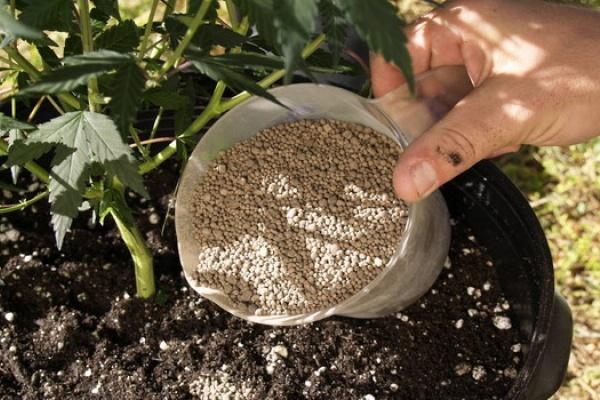
Pruning
After planting the culture, it is worth pinching 2 leaves at the top. This promotes branching of the main stem, due to which the plant will become more lush.
Diseases and pests
The plant is susceptible to various diseases. It also often encounters attacks from harmful insects. The use of special means will help to cope with the problem.
Blackleg
This disease is quite common. With its development, the stem becomes dark and soft.The provoking factors are a dense planting of a plant or high humidity.
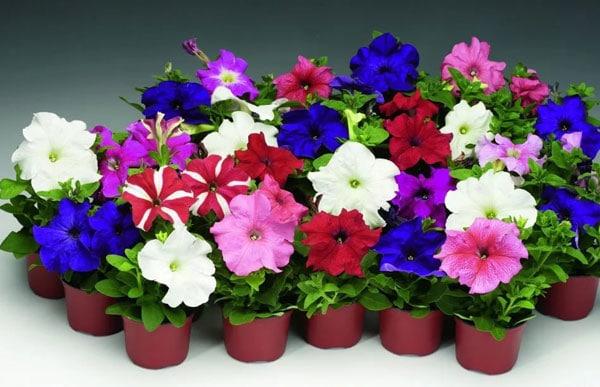
It is not possible to cure the black leg. Therefore, the affected bush should be thrown away. At the initial stage, you can try to eliminate the disease with drugs that contain mancozeb or oxadixil.
Gray rot
Pathology is caused by a deficiency or excess of nitrogen in the soil. High humidity may also be the cause. The provoking factor of the disease is the fungus. It enters the root system and affects the entire flower. As a result, spots appear on the branches and leaves. Then they dry out and a gray coating forms.
Such drugs as Skor and Integral help to cope with the disease.
White rot
Weeping brown spots help to identify white rot. In conditions of high humidity, they become covered with a white coating. The damaged fragments become soft and white. The stem affects the white mycelium, which eventually becomes covered with dark spots. To cope with the problem, it is recommended to remove damaged plant fragments in time. Treatment with such means as Fitosporin-M, Maxim, Integral is also required.
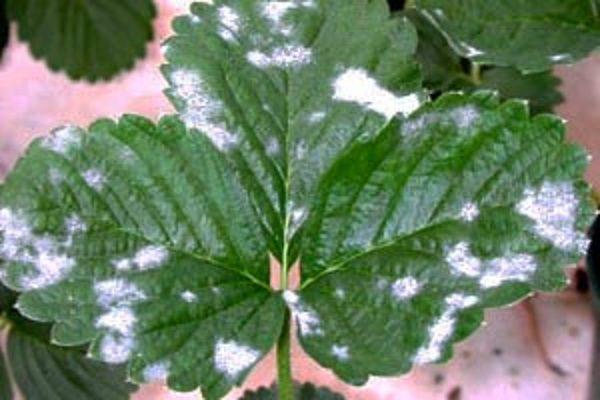
Wet rot
This disease is also called rhizoctonia. This violation is a consequence of high humidity. It is difficult to cope with it. In this case, sprouts and adult plants may suffer. At the initial stage, remedies based on mancozeb or oxadixil help to eliminate the disease.
Brown spot
In high humidity, there is a risk of brown spotting. Brown spots on the leaves help to identify the disease. To cope with the problem, you can use copper-based products. It is recommended to process plants 2-3 times with an interval of 7-10 days.

Late blight
With the appearance of pathology, the base of the stem acquires a brown tint and begins to rot. Culture withers and dies. The cause of the problems is the increased humidity of the earth and air. To avoid problems, it is important to exclude excessive crop density. After planting, the culture should be treated with products based on metalaxyl and mancoceb.
Leaf galls
This term means the formation of short and thickened shoots that are localized at the base of the stems.
Timely protection of petunias from pests will help to avoid this.
Viruses
Petunia is susceptible to various viral infections. Florists advise burning infected bushes, since it is impossible to eliminate the disease.
Cucumber mosaic
With the development of pathology, small flowers appear in the plant, which are covered with dirty yellow spots.
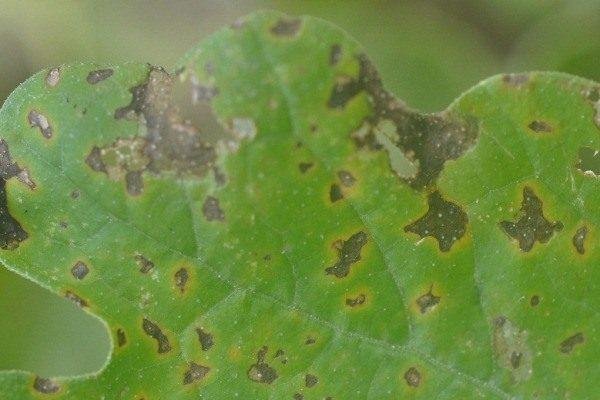
Tobacco mosaic
In this case, light green necrotic marks appear on the leaves of the petunia. They gradually die off.
Y and X potatoes
Infection with this virus manifests itself in the form of a wrinkled mosaic. Also, the leaves can become covered with necrotic spots.
Tomato aspermia
With the development of pathology, a violation of the development of flowers is observed. The plant is significantly weakened.
Aphid
These tiny insects settle on the underside of leaves and cause them to deform. To cope with the problem, you can put an onion or garlic near the pot. In advanced cases, it will not be possible to do without chemicals.

Whitefly
This is the most dangerous pest that feeds on plant sap. Insecticides help to cope with whitefly. For this purpose, Actellik can be used. Verticillin J. is also suitable.
Thrips
Pollen, which spills out from the stamens onto the petals, helps to identify the anomaly. To cope with thrips, it is worth removing weeds on time. If there are a lot of pests, it is recommended to cut the plants.
It is also worth using special products such as Fitoverm, Aktara, Intavir.
Spider mites
Identifying these insects is very problematic.When they are active, red, yellow or silvery spots appear on the leaves. It is impossible to cope with the problem with the help of insecticides. To eliminate ticks, only acaricides and insectoacaricides are suitable. The best remedy is Actellic.
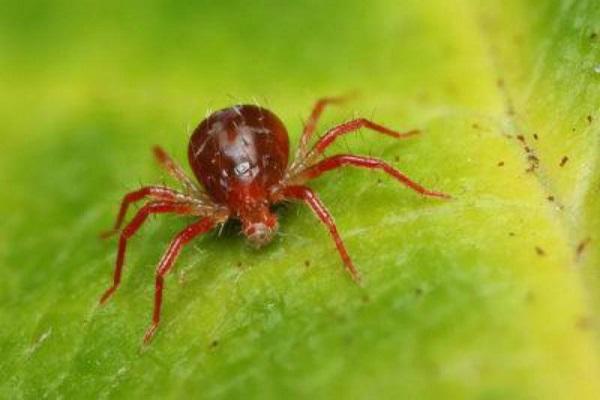
Slugs
To cope with slugs, it is worth applying superphosphate to the surface of the soil and treating the culture with chemicals.
Reproduction
You can use seeds or cuttings to propagate the culture. Each method has its own characteristics.
Seeds
This is the most common method. To breed Opera petunia, it is worth sowing seeds for seedlings. It is recommended to do this in February or March.
Cuttings
This method is used to preserve your favorite variety. For its implementation, strong cuttings are cut from a healthy plant, flowers and lower leaves are removed. The cut should be treated with a special stimulant. Then the cuttings are planted in pots with nutritious soil.
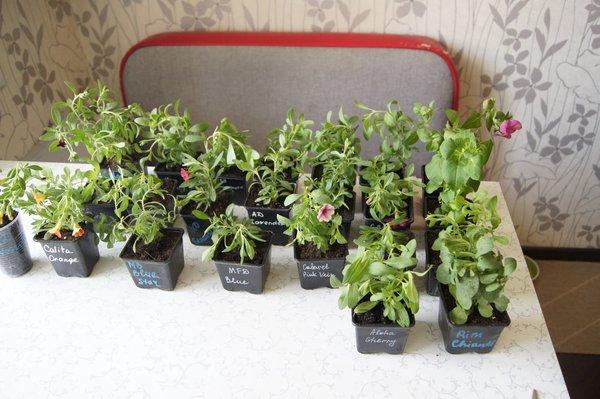
Possible problems
When growing petunias, there is a risk of some problems. To avoid this, you should familiarize yourself with the typical mistakes in advance.
Cramped pot
In too small a container, plant development stops.
Lack of side shoots
In case of insufficient branching, you can pinch the top. This will provoke the appearance of new buds.
Lack of light
Lack of lighting becomes the reason for the absence or too poor flowering.

Lack of feeding
If fertilizers are not applied in a timely manner, the plant will begin to build up green mass. This will negatively affect its flowering.
Overdried earthen lump
A lump of soil that is too dry will cause insufficient crop development.
Viral diseases
Infection with viral diseases can lead to the death of the plant.
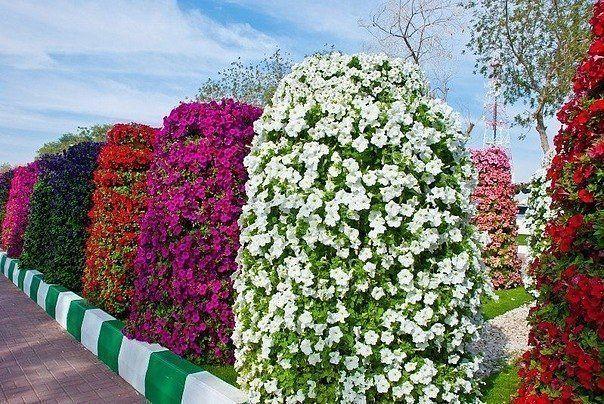
Landscaping tips
Petunia Opera is actively used in landscape design, allowing you to create beautiful compositions. It can be planted along paths or fences. Also, experts advise creating beautiful flower beds or alpine slides.
Bright mixborders will be the decoration of the site. Compositions with stones and sculptures look great. They can be of different sizes and shapes.
Florist reviews
Numerous reviews confirm the popularity of this plant:
- Marina: “I really liked this petunia variety. She pleases with bright colors and is distinguished by unpretentious care. "
- Svetlana: “For the first time last year I planted the Opera petunia. I liked the result very much. The plant has excellent decorative properties. "
Petunia Opera is a beautiful plant that is easy to care for. Even beginner growers can cope with the cultivation of a crop. To do this, it is enough to water the flower in time and apply the necessary fertilizers.
